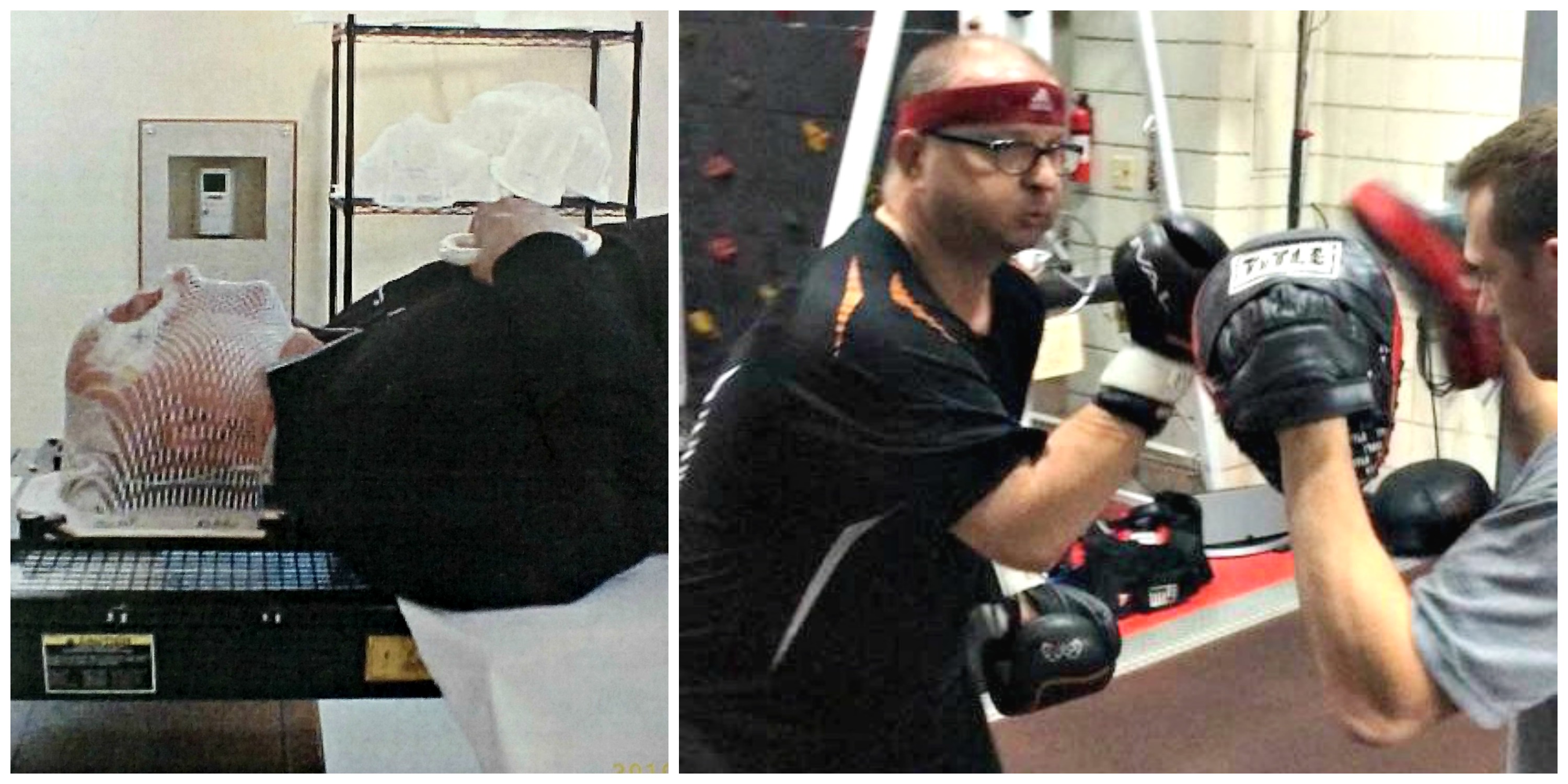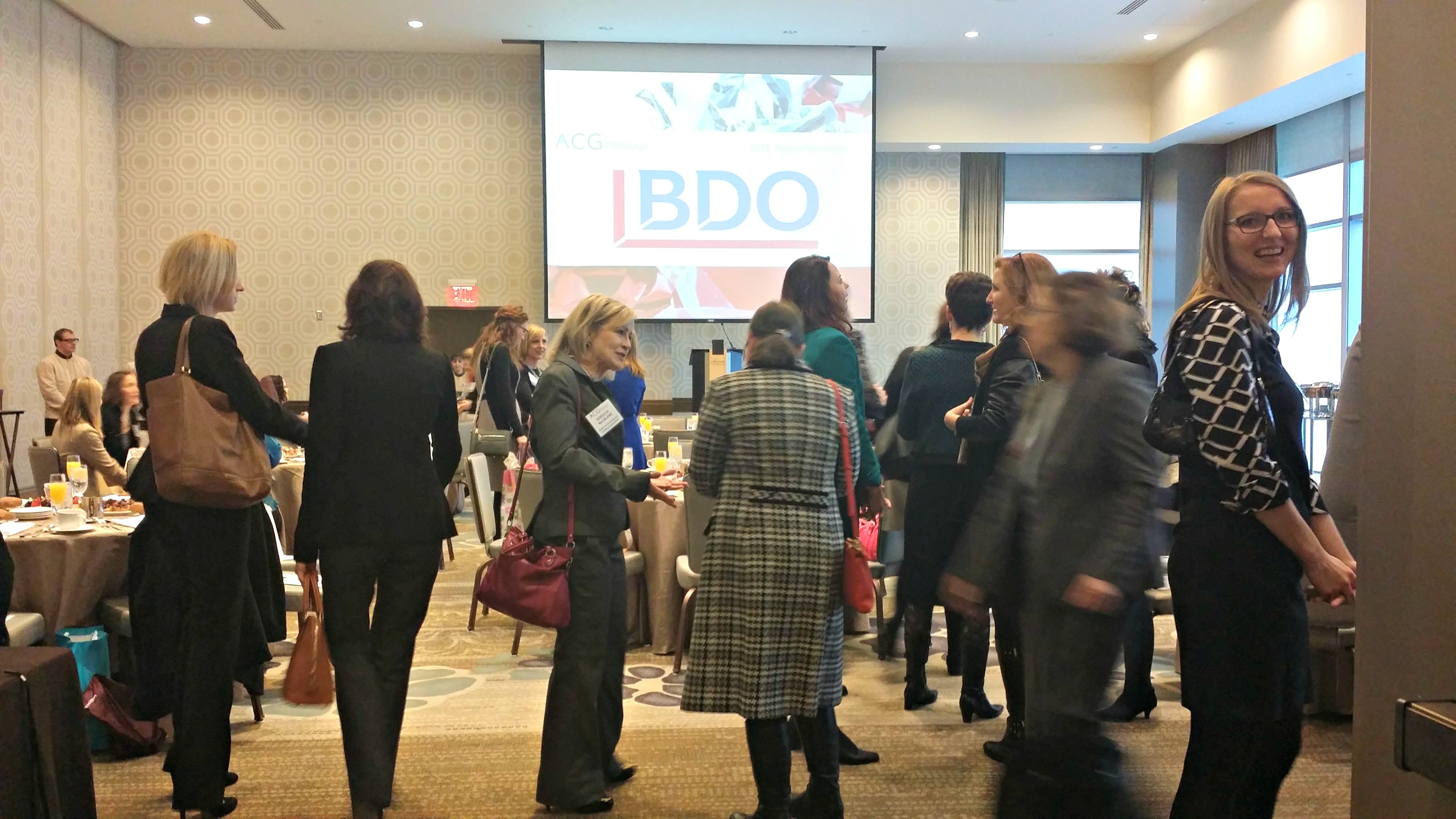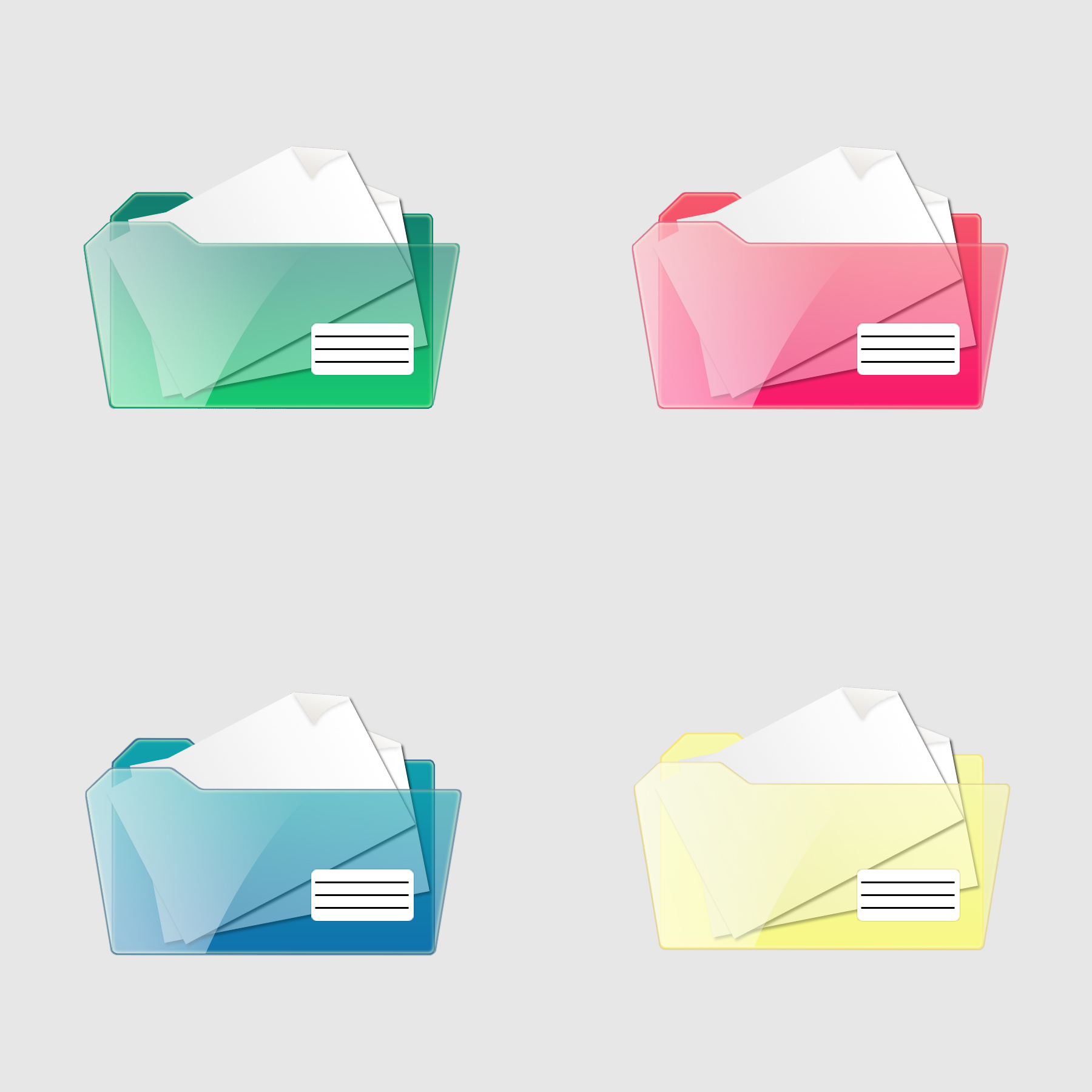At ABG Capital, there is a short list of what we take very seriously amidst our ping pong, arcade machine, and scotch cart breaks. Near the top of that list is the Health and Wellness of our team. We are always looking for new ways to increase our staff members’ access to healthy choices around the office. We play quarterly sporting events, serve healthy lunches, publish a Weekly Wellness E-blast and encourage the whole office to take a daily break at 2:00 p.m. to get outside and get some fresh air. Continue reading
TweetCategory Archives: small business
Health and Wellness Transformation: The Journey of Cherie Steffen
Welcome to another Motivational Monday! As we mentioned last week, this is our final feature in the series. We hope you’ve enjoyed these posts that showcased the journeys of Tim, Justin, Erica, Jeff, and Jerry, and have taken away some great tips and ideas to share at your office or in your own life!
Today, we’re introducing you to our Communications Specialist Cherie Steffen. Yes, it’s me! I’ve been with ABG Capital for seven months now and couldn’t be happier to have found such an amazing company and group of people who value health and wellness. They don’t just talk about it; they are about it. Like you, some of them don’t know my story, so let’s get into the whys and hows of my health and wellness transformation.
TweetHealth and Wellness Transformation: The Journey of Jerry Eddy
Welcome to another Motivational Monday! We truly hope you’ve been enjoying these wellness transformation stories we featured this month–we only have a couple left!
Many of us know it can be difficult to make healthy food choices or lace up those sneakers and get out the door. Our hope in featuring our fellow employees who have gone on successful journeys is to show you that it CAN be done–bite by bite and step by step, making little changes and committing to living a healthy life.
But a “healthy” life is not always centered on weight loss. Sure, our last couple of transformation stories like that of Tim, Justin, Erica, and Jeff, focused on dropping body weight. But the story of our Director of Development Jerry Eddy, is a little bit different. Jerry’s journey is that of traveling down the road of wellness. Keep reading as we introduce you to the health and wellness transformation of Jerry Eddy.
TweetHealth and Wellness Transformation: The Journey of Jeff Tapolci
Hello everyone! We’re back with another Motivational Monday inspirational post for you. Why and what kind of inspiration, you ask? Well, in case you missed the previous three posts featuring Tim, Justin, & Erica, we’ve been spotlighting a few team members here at ABG Capital and our portfolio companies, such as VoIP Innovations, who have gone on amazing health, wellness, and fitness journeys. After all, we are a group of people who tend to play hard and strive for an active lifestyle, so this ties right into our culture!
This week, we are featuring the heartbeat of our company, Chief Executive Officer Jeff Tapolci! Nowadays, arriving at the office fresh from an early morning gym session, to sitting down at the lunch table where Jeff eats portioned, nutritional and colorful meals, we see him as a focused, dedicated man embracing his healthy lifestyle. But it wasn’t always this way…Follow along as we share the health and wellness transformation of Jeff Tapolci!

Health and Wellness Transformation: The Journey of Justin Sparks
Hello everyone and Happy Motivational Monday! Our company is one that strives for a good balance of work and play and truly supports being active inside and outside of work. As we mentioned last week, we’ve had quite a few staff members decide for their own personal reasons to take this all a step further and really commit to being fit. They’ve gone on very successful health and wellness body transformation journeys and it started to have the rest of us asking, “How did you do it?”
So last Monday on our blog, we decided to kick off something new. We featured our very first body transformation story, that of VoIP Innovations Lead Engineer Tim Linn, and we’re continuing this week with another.
Let’s check out our second health and wellness transformation story and introduce you to GlobalPOPs and VoIP Innovations Network Operations Technician, Justin Sparks!
TweetRisky Business: When To Take Risks and When To Pass
From a young age, we’re taught that we should avoid risky behavior. The outcome could be less than stellar, or worse than that, adversely affect us for the rest of our lives. One bad risk taken and that’s the end. But are all risks bad? Is there a way to know when the risks we take could lead us to a better situation than our present one in our personal and business lives? After listening to Rebecca Harris, the Director of the Center for Women Entrepreneurship at Chatham University, speak on the topic of risky business, when to take risks and when to pass, we are closer to figuring it out.
Last Thursday afternoon, our Human Resources Manager, Sharon A. Kolesar, and I, our Communications Specialist, Cherie Steffen, attended the Association for Corporate Growth Women’s New Year’s Party Luncheon & Bad Gift Swap at the Fairmont Hotel in Downtown Pittsburgh. Braving the weather was the first risk taking of the afternoon, as an ice storm was upon us. We arrived safely though, making our way through the gorgeous hotel to an event room full of dedicated businesswomen from many different professional backgrounds.
The only part of the afternoon that the Association for Corporate Growth planned for us that did not involve any risk taking whatsoever was eating the delicious lunch. From the tortilla soup appetizer to the healthy and colorful buffet, to the almost-too-pretty-to-eat desserts, the Fairmont Hotel prepared an amazing arrangement of food to keep us happily full as we began to listen to our emcee and guest speaker, Ms. Harris.



Possessing quite an exciting and humorous way of communicating with her audience, Ms. Harris began by telling us we have to be more comfortable with taking risks. That was something we needed to hear right away. Somehow coming from a woman who has taken many professional risks and still lived to tell the tales, it was genuine and not just an easy command. She went on to give us the “why” behind it.
Her speech centered around four themes:
♦ How to recognize good risk-taking opportunities (know your field; know the trends)
♦ Knowing when to get in; when to get out
♦ How to calculate your own risk-taking comfort level
♦ How to balance the right amount of risk to maximize your business potential
Ms. Harris also threw in these to-the-point, messages that hit home as well:
♦ Red flag risk raisers! These risks are outside your core competency area and you worry about the details later. Bad idea!
♦ Admitting what you don’t know is really important.
♦ We identify ourselves with our successes and our failures.
♦ Take the risks. Your results may be very different from what you expected.
By time she was finished speaking I feel like I had nodded so much I could easily be mistaken for a bobble head; she was on point with everything. You know, the types of things you either know in the back of your head but you somehow choose to ignore either due to fear or stubbornness? Those things. Also, there were so many one-liners that left me saying, “She nailed it!” that I had enough witty Facebook statuses and Tweets to last a week.
After Ms. Harris finished speaking, we continued with the other risk taking themed portion of the afternoon: selecting our gifts from the Bad Gift Swap. Think of it as one of those White Elephant Gift Exchanges.
With this, we also learned not to judge anything by its pretty wrapping–another great motto for business. There were some doozies in there for sure!
The worst gift of all was decided by vote–a faux fur table runner. The gift we brought to throw into the mix, a hideous 1970s-esque yarn picture of a city scape, ended up coming in second place! Not too shabby. And surely if someone recycles that gift and brings it back next year, not too much risk would be involved; she should win hands down. It was awful.
We’ll leave you with our two favorite quotes of the afternoon from Ms. Harris: “Don’t overanalyze. Just cut that out right now.” and “Really, let’s just go for it.” Two amazingly simple and powerful pieces of advice that after her already moving speech, left us ready to get out there and capitalize on our personal and business potential.
TweetSelling Skills Assessment Tools Help Business Development
In the realm of business, there are times when things simply don’t add up. You have all the ingredients for success, but you can’t quite figure out the recipe. Great salespeople? Check. Awesome products? Got it. Competitive pricing. Yup, you have that too. Why, then, do your sales figures fail to reflect the fact that you’ve got all the right stuff?

“I wish that finding a solution was as easy as pressing my pants.”
If you’re tired of looking for answers and coming up with a big fat zero, there is good news. Thanks to selling skills assessment tools, you can pinpoint exactly where your company is falling short. Finally, you will have some answers.
What is a “selling skills assessment tool?”
It’s hard to be completely objective when evaluating your team. Thankfully, as “Understanding the SSAT as an Effective Sales Tool” states, these tools are designed to “provide an objective look at your peoples’ strengths, their skills, and specific areas that need improvement, providing you with a detailed, accurate quantification of the selling abilities across your organization.” Armed with the valuable information gleaned from this process, you will be better able to make the changes needed to equip your company for success.
Objectivity
Let’s further examine objectivity. You likely try to be objective, but it is impossible for any human to be completely devoid of personal preferences–and these preferences will, naturally, make you prefer some people to others. “5 Things to Know About Employee Assessments” warns that we all have subconscious preferences and attitudes towards different types of people. Assessments, however, simply look at the cold, hard facts and yield an accurate picture of each individual based solely on their ability to do the job.
Job-focused
Sure, Ethel is a great people person. And, yes, her customers do love her. The only trouble is that she can’t seem to close the deal. A subjective human may be so blinded by her incredible interpersonal skills and her positive customer comments that they fail to identify her shortcomings as a sales person. An assessment, however, would spot her weakness right away. Why?
According to “The Four Best Benefits of Using Pre-Employment Assessments“, “well-designed assessment are tied to key competencies required for the job” enabling you to better predict success on the job. They can also be used to identify the ideal position for Ethel and her highly coveted social smarts.
Company Culture
By identifying your sales force’s strengths and weaknesses, you will be better able to nurture the desired traits and begin correcting areas that are problematic. And, in doing this, you will be able to work towards fostering a new company culture–one that leads to success.
One such tool, the Organizational Culture Assessment Instrument, OCAI, provides employers with “a picture of how your organization operates and the values that characterize it.” If your organization’s values are incongruent with success, you will be made aware and provided with the opportunity to correct it.
Even if you possess all of the ingredients for success, selling skills assessment tools will enable you to pinpoint where your recipe is going wrong. And, if you’re missing a key ingredient or two, you will find that out as well.
How have selling skills assessment tools such as SSAT helped your business?
Kimberley Laws is a freelance writer and avid blogger who hasn’t ironed a piece of clothing in years. She can be reached at kimberleylaws.com.
Tweet4 Tried And True Sources For Developing A New Customer Base
A business that’s stagnant and lacking growth is a business that is on the road to extinction. Like a shark, a business must keep making progress, keep moving, or else perish. That’s why, if you are in charge of a business, you need to come up with new ways to expand that customer base.
Here are four good, reliable methods for developing new business. When you’re done with them, check out even more resources in “Help! I Need To Develop New Business- Now What?”

There are many exciting ways of getting a new customer base, including social media (Photo Credit: ganderssen1)
Word Of Mouth
Nothing engenders trust and confidence than a recommendation from a known, reliable source. It’s one thing for you to tell a prospective customer that you provide the best services in your field; it’s another for a happy customer base to sing your praises for you. The latter is far more believable. Not convinced? Check out the popularity of sites like AngiesList.com.
Bear in mind, word of mouth also covers B2B referrals, which you can get from within the companies that you service. In fact, a referral from the department of a given company could open another sales door in a different department within the same organization.
Co-Marketing And Cross Promotions
Say for instance you have your own website-hosting business, but you want to expand your clientele. Furthermore, let’s say you know of a website-design business that’s looking for more work as well. Your companies are not in direct competition, but rather provide services that complement each other.
This kind of symbiotic relationship can benefit both companies and increase their respective exposure. Not to mention that it’s always good to expand your network of business connections as a general rule!
Get Out There!
In order to get a bigger customer base, you need to initiate contact with more people, and what’s more effective than being right there in front of them, speaking, showing the prospective customers a real flesh and blood human being who knows what they’re talking about? Consider being a speaker at a convention, trade show, or other related industry event. The personal touch gives people a face to attach to a name, opens up the possibility of a productive relationship with potential customers, and most importantly, shows people that you know your stuff. A business’ representative who demonstrates competence and knowledge creates trust and confidence in an otherwise reluctant customer.
Social Media
This one’s inevitable. It seems you can’t hope to do anything today, or stand out in any way, unless you turn to social media. So, if you can’t beat them, join them! For instance, consider using Twitter in order to promote your company’s services, products, events, and sales. Just make sure to incorporate hashtags so that customers can easily find your topic.
Furthermore, you can track buying signals on Twitter, looking for users by entering search terms that mesh with your company’s products and services. Harkening back to our previous example, you can enter the term “web hosting” in a search, or look for #webhosting.
There are more ways out there to choose from; this is just scratching the surface. Check out more ideas on business development in “Develop Your Business Using Customer Development”, for example. But whatever methods you decide on, you need to make sure that your business is not only perpetually growing, but is staying ahead of the pack. Good luck!
Byline: John Terra has been a freelance writer since 1985. He’s learned that self-promotion is the key to success, though he’s still resistant to Twitter.
Tweet
Starting Up a Group Health Plan
Your talented troupe of employees are your business’s number one asset. They are the key to your excellence in customer service, your ability to do the job right the first time, and to ensuring your company’s growth. They are the main ingredient in your recipe for success. And you want to keep them happy within your ranks.
A great way to ensure that your energetic employees maintain their enthusiasm for the job is to give them a reason to jump for joy. And this could be group health insurance.

But before you make any leap-inspiring announcements, you will need to examine this option more closely.
Consider the Pros
There are obvious–and not so obvious–benefits to offering a group health plan under the new rules introduced by Obamacare.
- Tax Benefits. Expenses associated with health insurance are completely tax-deductible on both your state and federal returns. Plus, employers with twenty-five or less employees who earn an average of less than $50,000 per annum may be eligible for a 50% tax credit, providing that they pay at least half of their employees’ premium expenses.
- Employee Retention. Any endeavor that results in holding on to valuable employees offers a financial return including money saved in searching for, hiring, and training new people. Benefits also elevate the morale of your team which translates into increased productivity and less absences. Plus, you will be in a better position to attract the cream of the crop for future hires. In fact, “Reasons to Purchase Group Insurance” reports that a survey of small business owners showed that offering a group health insurance plan decreased turnover by 78%, aided employee recruitment by 75%, and increased productivity by 64%.
Consider the Cons
While the benefits are impressive, it is important to also weigh the downside of group health.
- Administration. On top of the costs of the plan, itself, you will also need to factor in the expenses related to the introduction and continuous administration of the policy.
- Potential for Mass Exodus. Since the introduction of Obamacare, some businesses have seen some employees–particularly those with lower incomes–opt out of their group plans and choose, instead, to obtain their own individual plans at lower premiums. According to “Affordable Care Act Creates Tough Healthcare Choices for Small Businesses,” “from the employees’ perspective the Marketplace may provide a better deal because of the mandatory coverage and benefits which the plans must provide, and the tax credits employees may receive.”
Consider the Types of Plans
- Size. One of the first things you need to determine is what type of plan you require. A Small Business Plan varies according to state, but this definition usually applies to companies with two to fifty employees. A mid-sized plan has fifty to one hundred workers, while a large group plan involves over one hundred people.
- Provider. If you currently have a group plan in place, you may wish to stay with your provider. You can also peruse the offerings of other private insurers. But you can now engage in one-stop comparison shopping on SHOP, the Small Business Health Options Program. Yes, this handy website not only lets you find the best policy to meet your needs, but it also enables you to calculate the amount of any subsidies or tax credits you qualify for.
- Cost. The type of policy you opt for will also depend on how much you want to pay. Typically, insurance companies employ one of three methods to calculate premium costs. “Group Insurance Health FAQ” explains the medical underwriting, the adjusted community rating, and the rating bands methods in detail.
In your quest to keep your grade A group of employees intact, you may wish to opt for a group health plan. It may be exactly what your team needs to keep them happy and jumping for joy.
Does your small business offer a group health plan? Why or why not?
Kimberley Laws is a freelance writer and avid blogger. You can follow her at The Embiggens Project and Searching for Barry Weiss.
Image courtesy of Thinkstock.com.
TweetAre We Drowning in Big Data?
There is an axiom out there that says “Anything worth doing is worth overdoing”. There’s another saying that advises us that “Too much of a good thing isn’t good for you.” Both of them could be used in reference to Big Data. But whatever cliché, saying, axiom, or pithy phrase you use, thing may just be getting to the point of where people are beginning to get fed up with Big Data.
We live in a society where the next big thing is pushed into our faces 24/7, hyped to ludicrous levels and more overexposed than a nude sunbather standing in Times Square, until we eventually get sick of it and start actually disliking the subject in question. Is this where we’re headed with Big Data? Here are some reasons why we may be doing just that.
Informed decisions are the best kinds of decisions to make. So, obviously, you need information. But there’s such a thing as having TOO much information. If you’re asked to choose one of three paths, you can probably make a choice in a reasonable amount of time. Ah, but what if you now have THIRTY paths to choose from?
The problem with Big Data is that the sheer volume of data can result in gridlock when it comes to making goals for your business. After all, you want to take data into account when making decisions and goals, but even when it’s distilled into digestible pieces, which pieces do you base your company’s direction on? Your business could stall thanks to Big Data information overload.
Expectations Versus Reality
Although Big Data has been around for years, the term has taken a stronger, more profound meaning thanks to the Internet age and all the innovations it’s brought with it. Many people have been swept off their feet at the prospect of having reams of data stored in the cloud, ready with demographics, sales figures, search histories, and other information, all to be used to fashion a can’t miss business strategy.
And yes, that can happen. But the sheer amount of information, the resources and personnel needed for a business to adequately take advantage of Big Data, the steps (in other words, time) it takes to make the information useful, can really offset whatever benefits gleaned from using Big Data in the first place.
All of a sudden, there’s cold water thrown on those nice expectations that Big Data will be the miracle pill to ensure financial success.
Privacy Concerns Backlash
Funny thing about data that covers demographics, user search histories, sites visited, shopping habits, et al; it requires storing all of this information about everyday people and what they do, in order to put in a useable form. Eventually, you get people wondering just how much of their lives are being monitored and the results stored, collated, distilled, and sent to companies. Suddenly, privacy becomes a thing.
And not only is privacy a concern, but so is security. Just go online and type the words “data breach” or “hacked data” in a search engine, and read the news stories about companies whose data has been compromised by hackers. Consumers and regulators alike will certainly bring scrutiny and pressure on companies using Big Data.
Small Data? Seriously?
Yes, now Small Data is a thing. And it may just end up challenging Big Data. Small Data organizes and packages information that is timely and useful and hooks people up with the information. It’s meant to be easily accessed, easily understood, and able to be acted upon in everyday roles.
You can always tell when a concept has grown out of control when a new concept arises that is in direct opposition to it. So now we have Small Data as an alternative to the ever-present Big Data.
It’s not as if Big Data is in danger of vanishing anytime soon. There’s still a lot of love for it out there, and it certainly can be used to improve the customer’s experience. A lot of people really do enjoy drinking from the fire hose. The only problem is, if that fire hose is allowed to just keep gushing water, the levels will rise, and you can drown.
Byline: John Terra has been a freelance writer since 1985. He prefers not to drink from fire hoses, figuratively or literally.
Tweet









